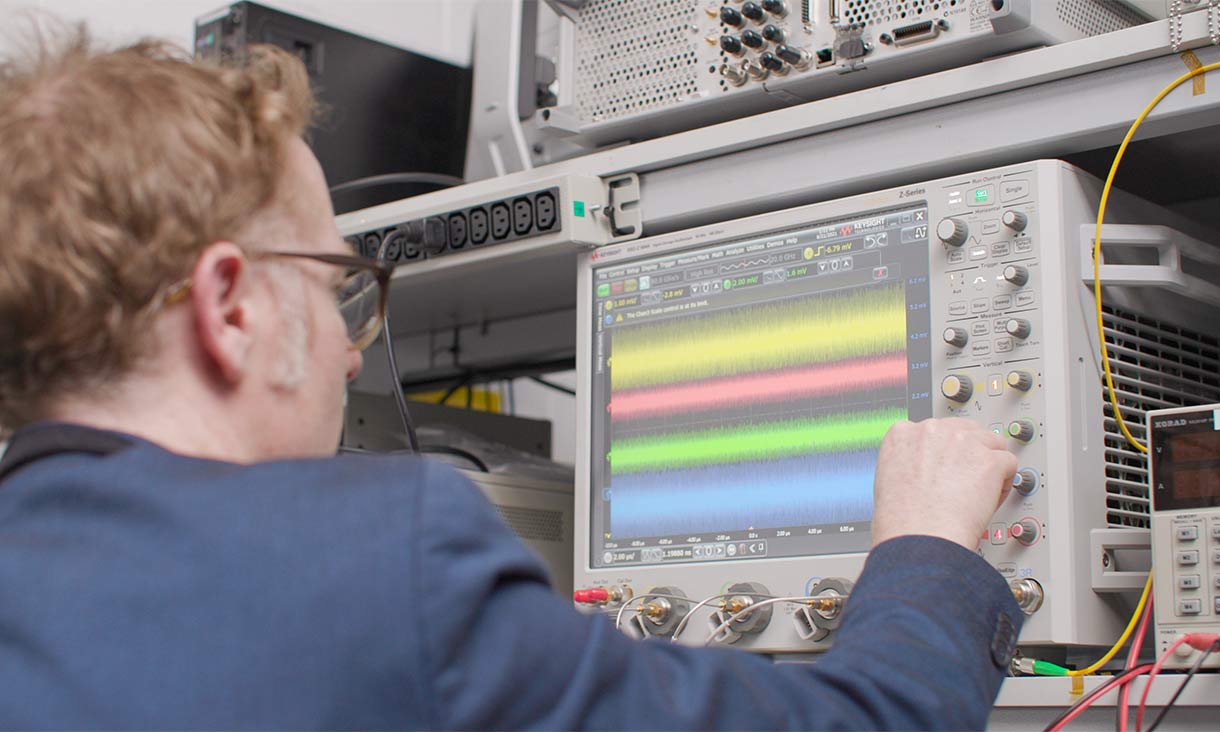
Over the past two decades, the internet has moved from being a specialised tool to something integral to society. But global connectivity has meant that current optical fibre technologies – once thought to have almost ‘infinite bandwidth’ – are beginning to hit limits.
To keep up with this growth, we either need to lay new fibres in the ground – which is very costly and intrusive – or use our existing and robust fibres in a new way.
Our Data Communications Team Leader Dr Bill Corcoran is leading a project – funded by his four-year ARC Future Fellowship – to get the most out of existing optical fibres by retrofitting new technologies.
One part of the strategy tackles the limitation of optical amplifiers, which are devices that ‘boost’ our data along every 50-100 kilometres in our optical fibres, within our current internet infrastructure.
Our internet data travels along optical fibres via light in the infrared part of the light spectrum. However, once the data reaches these amplifiers, only about 7% of that light spectrum can be boosted. This means all our data must be squeezed into the tiny bit of the infrared that the amplifiers work at, causing a major data bottleneck.

To reduce the light spectrum bottleneck, Bill and his team are using a novel device to change the colour of light that the internet is traveling down – effectively opening up new data ‘lanes’ – then to change again to match the colours that amplifiers can boost. The team are investigating Periodically Poled Lithium Niobate (PPLN) as a key material to enable this colour changing.
The team at the Integrated Photonics and Applications Centre – Aditya Dubey and Jackson Chakkoria – have been investigating ways to fabricate this material so it can be adopted in our existing optical fibre infrastructure.
The hope is to make our existing data communications infrastructure the best it can be.
Senior Lecturer, Integrated Photonics and Applications Centre, Monash University
PhD student, Integrated Photonics and Applications Centre
PhD student, Integrated Photonics and Applications Centre
Read more about our Data Communications Team.


RMIT University acknowledges the people of the Woi wurrung and Boon wurrung language groups of the eastern Kulin Nation on whose unceded lands we conduct the business of the University. RMIT University respectfully acknowledges their Ancestors and Elders, past and present. RMIT also acknowledges the Traditional Custodians and their Ancestors of the lands and waters across Australia where we conduct our business - Artwork 'Sentient' by Hollie Johnson, Gunaikurnai and Monero Ngarigo.
Learn more about our commitment to Indigenous cultures